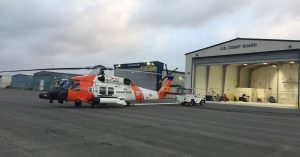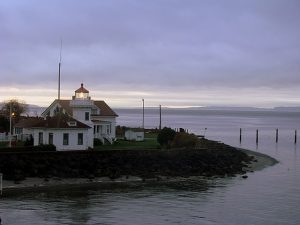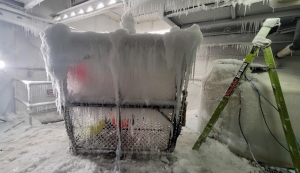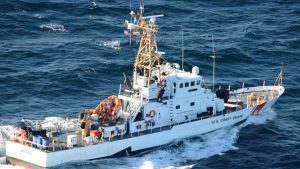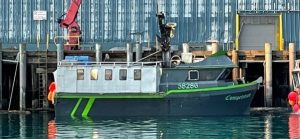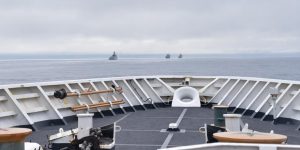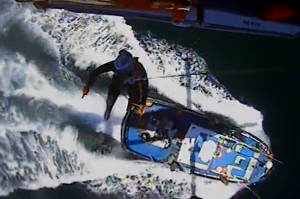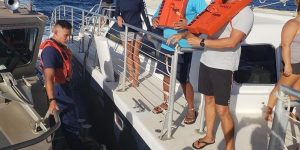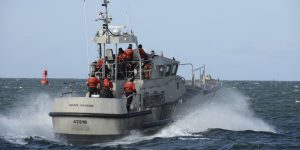F/V Aleutian Isle Sinks, Causing Pollution Incident
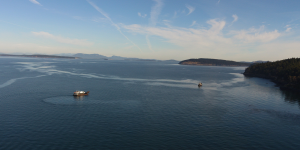 On Saturday, August 13th watchstanders at U.S. Coast Guard Sector Puget Sound were notified that a fishing vessel located off the west coast of San Juan Island was taking on water and in need of emergency assistance. An Air Station Port Angeles MH-65 Dolphin helicopter, a Station Bellingham 45-foot Response Boat-Medium, and the 87-foot Coast Guard Cutter Swordfish were launched in response to the plea for help.
On Saturday, August 13th watchstanders at U.S. Coast Guard Sector Puget Sound were notified that a fishing vessel located off the west coast of San Juan Island was taking on water and in need of emergency assistance. An Air Station Port Angeles MH-65 Dolphin helicopter, a Station Bellingham 45-foot Response Boat-Medium, and the 87-foot Coast Guard Cutter Swordfish were launched in response to the plea for help.
By the time the U.S. Coast Guard arrived on the scene, the 49-foot F/V ALEUTIAN ISLE had capsized and sank. According to eyewitnesses, the boat went down quickly in just a matter of minutes. In a statement issued by the U.S. Coast Guard, the five crewmembers aboard the fishing vessel were rescued by a good Samaritan.
After it was determined that all five crewmembers were accounted for, attention turned to the pollution impact and a survey was initiated. By 5 p.m. just a few hours after the sinking, a 1.75 mile fuel sheen was observed. It is estimated that the vessel was carrying about 2,600 gallons of diesel and oil at the time of the incident.
 Maritime Injury Law Blog
Maritime Injury Law Blog


